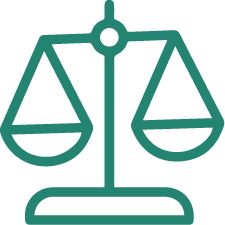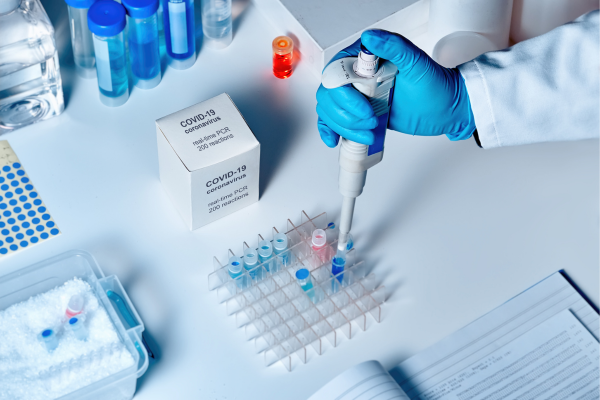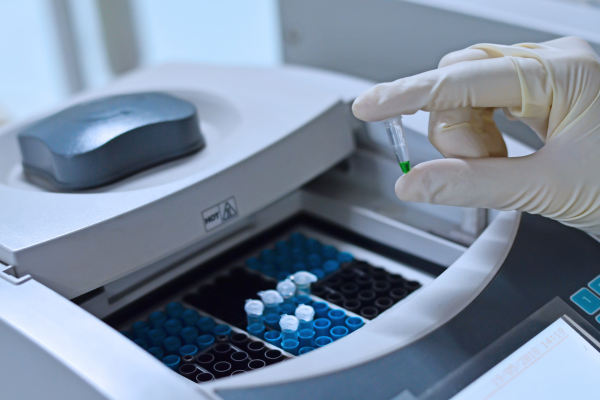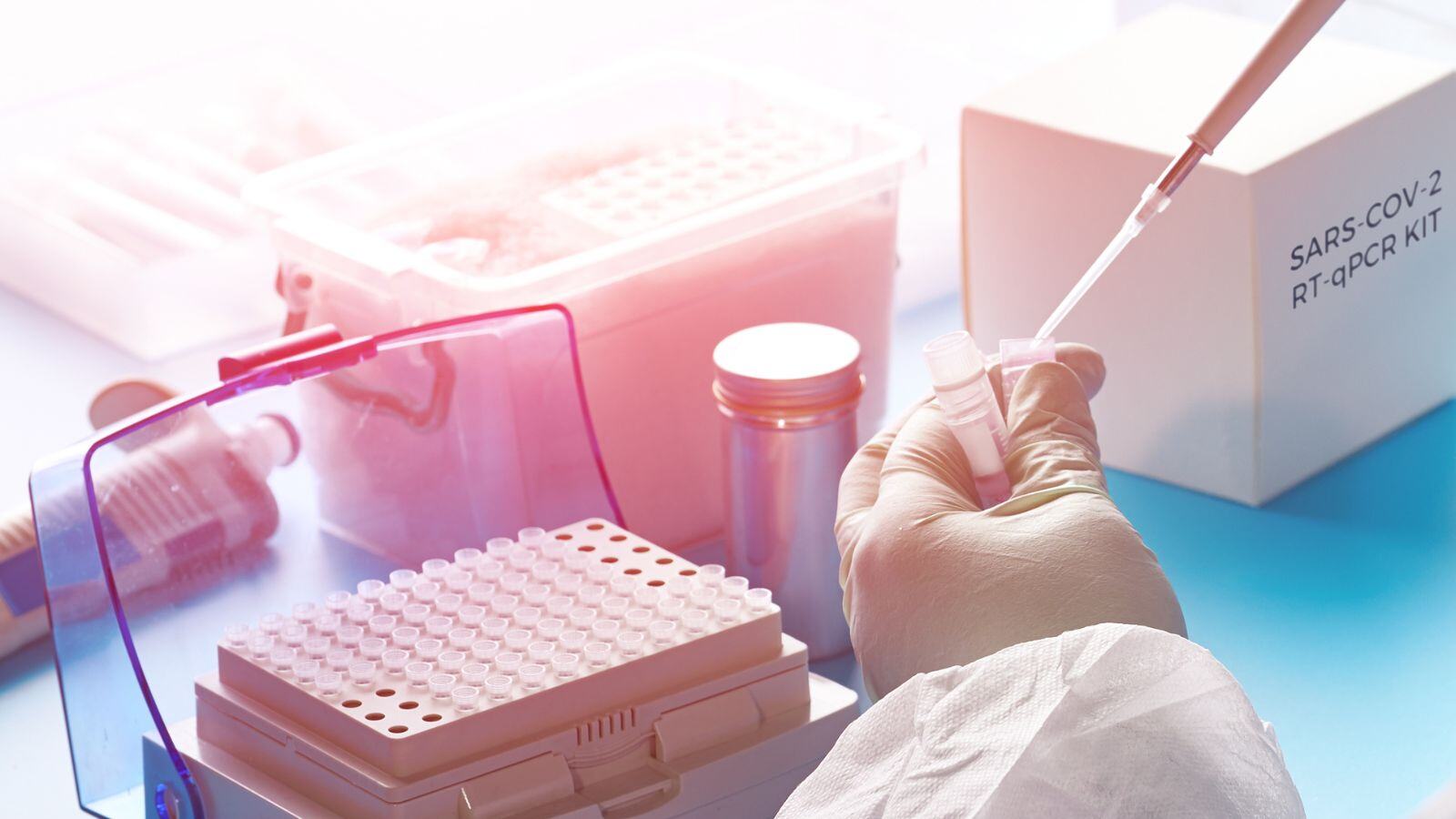The In Vitro Diagnostic Regulation (IVDR) in the EU is widely considered one of the most rigorous regulatory frameworks in the world for IVDs. With its emphasis on scientific validity, analytical performance, clinical data, and post-market surveillance, many manufacturers ask:
Can IVDR compliance help us enter other global markets, like the United States?
In this blog post, we’ll explore that question step by step:
- How IVDR and FDA overlap in standards and expectations
- Where interpretations and regulatory logic differ
- What this means for your approval strategy and clinical evidence
- And how IVDR can support—but not replace—your global regulatory planning
Shared Foundations: Standards That Cross Borders
To meet the General Safety and Performance Requirements (GSPR) under IVDR, manufacturers often use international consensus standards. Many of these are also recognized by the FDA.
For example, both regulators accept:
- ISO 13485 for quality management
- ISO 14971 for risk management
- IEC 62304 for medical device software
- IEC 62366-1 for usability engineering
While IVDR does not formally reference them, notified bodies commonly accept practical, test-specific guidance such as:
- CLSI documents for method validation
- ASTM and ISTA protocols for stability and transport packaging
➡️ So far, so good: IVDR and FDA share a technical foundation built on globally respected standards.
Shared Standards, Different Interpretations
But here’s where things get more complex. While regulators may use or accept the same standards, their interpretations and expectations differ.
For example:
- Both IVDR and FDA require data on stability and performance—but may evaluate surrogate samples or packaging studies differently
- Both recognize IEC 62304—but diverge when it comes to cybersecurity documentation
- Even if your documentation aligns with IVDR, the FDA’s review staff may raise additional questions or require different data structures during the premarket submission process.
➡️ The takeaway? Don’t assume that ticking a box for IVDR means automatic FDA alignment.
Different Regulatory Models, Different Strategies
Beyond technical standards, how regulators assess devices is fundamentally different.
|
Aspect |
IVDR (EU) |
FDA (US) |
|
Evaluation Model |
Always absolute benefit-risk assessment |
If 510(k), Comparison to predicate device |
|
Approval Scope |
Always individual device |
System-level approval possible |
|
Pre-submission Dialogue |
Limited (Notified Bodies can't advise) |
Structured discussions (e.g., Q-Sub) |
These differences affect how you should plan your evidence generation, how you position your product, and even what goes into your documentation.
➡️ Even if your product is IVDR-compliant, you may need to adjust your development and submission strategy for FDA.
Clinical Evidence: IVDR Differs from FDA
One of the most important distinctions lies in the clinical evidence framework: IVDR explicitly requires scientific validity and state-of-the-art justification, while FDA’s expectations may differ depending on the submission pathway — and can still be highly stringent.
|
Requirement |
IVDR |
FDA |
|
Scientific Validity |
✅ Required |
❌ Not required |
|
State of the Art |
✅ Required |
❌ Not required |
|
Analytical Performance |
✅ Required |
✅ Required |
|
Clinical Performance |
✅ Required |
🟡 Depends on pathway |
|
Use of Foreign Data |
✅ Accepted (with justification) |
🔺 Local studies highly recommended |
|
Acceptance of ISO 20916 |
✅ Harmonized standard |
❌ Not recognised |
➡️ If your clinical study is designed to meet IVDR requirements, it may also fulfill FDA requirements — but you’ll still need to ensure it’s formatted, conducted, and justified correctly for each region.
Regulator Involvement: Steering the Ship
Another major difference is how much support you can expect during the regulatory process.
- In the EU, Notified Bodies are barred from giving consultative feedback
- In the US, the FDA actively supports pre-submission dialogue through programs like the Q-Sub
This means the FDA can provide input on your evidence generation strategy and even device design decisions, while in the EU, you’re expected to make those choices independently and justify them during review.
➡️ Strategic implication: If you're designing your global approach around IVDR, build in opportunities for early engagement with FDA to avoid mismatches later.
Technical Documentation: Similar Content, Different Formats
Yes, there’s overlap between the documents required by IVDR and those needed for FDA—but they aren’t interchangeable.
Documents useful for both:
- Design and development evidence
- Manufacturing and quality documentation
- Risk management and usability files
- Clinical and analytical performance reports
IVDR-specific requirements:
- GSPR checklist
- Performance Evaluation Plan (PEP) and Report (PER)
- Summary Technical Documentation (STED)
- Stringent Post-Market Surveillance and PMPF plans
➡️ So while IVDR compliance provides a solid starting point, it must be tailored to regional submission requirements.
Can IVDR Guide Global Access?
In short: yes—but with caveats.
IVDR compliance demonstrates high-quality, standards-driven development. It sets a solid foundation for other regulatory frameworks. But:
- Shared standards do not equal shared expectations
- Documentation must be repackaged and justified for each regulatory body
- Regulatory models differ in philosophy, process, and involvement
Early regulatory alignment—especially with agencies like the FDA via Q-Sub—is essential if you want to reuse IVDR workstreams and avoid duplication.
How QbD Group Can Help
At QbD Group, we help you build globally aligned regulatory strategies. Our IVD consultants guide you through:
- IVDR technical documentation and GSPR compliance
- FDA Q-Sub preparation and predicate analysis
- Clinical evidence generation that meets both EU and US expectations
- Risk-based submission planning across regions
Want to turn IVDR compliance into a global advantage?
Let QbD Group help you align your regulatory strategy and evidence to meet expectations across major markets.











.jpg)


















.jpg)
.jpg)